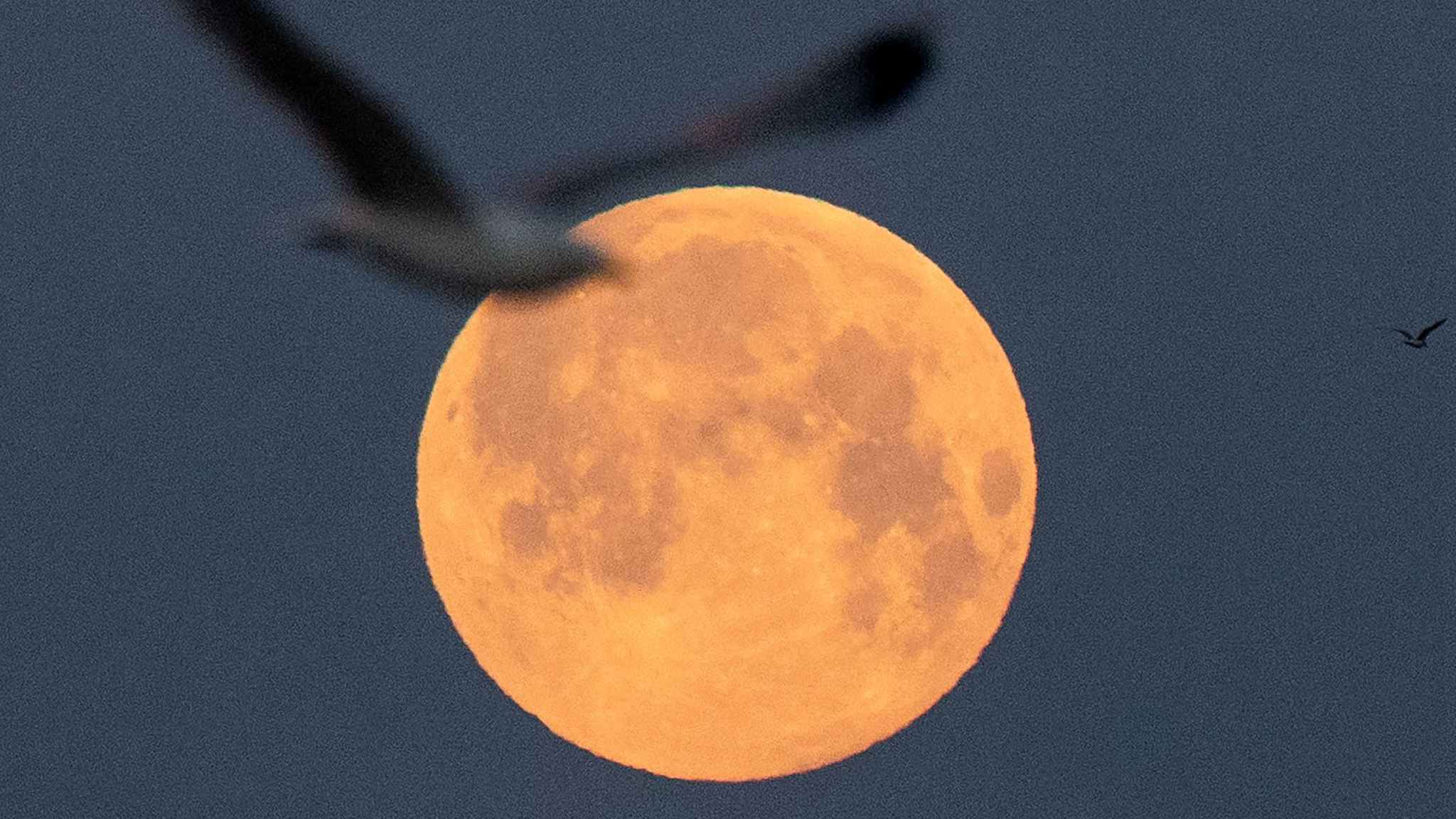

The actual term blood Moon dates back to at least biblical times and has been tied to the apocalypse. Although the Moon is in shadow, the edges of Earth’s atmosphere still scatter some red light onto the Moon’s surface. The same thing happens during a lunar eclipse. Earth casts its shadow on the moon as a result.

This scatters away most of the blue light, creating red-tinged skies and beautiful sunsets. During a total lunar eclipse, the Earth lies directly between the sun and the moon. At sunrise and sunset when the Sun is low on the horizon, the sunlight reaching you has passed through even more atmosphere. Our atmosphere scatters blue light, which is why the sky looks blue during the day. Some sunlight still reaches the Moon’s surface after bouncing through the edges of Earth’s atmosphere. You might assume that the Moon would be dark during this time but that’s not the case. This is different from a partial lunar eclipse, during which the Moon does not entirely cross through the umbra.ĭuring a total lunar eclipse, the darkest portion of Earth’s shadow completely covers the Moon. Conversely, a solar eclipse happens when the Moon and Sun line up so that the Moon’s shadow falls on the Earth.ĭuring a total lunar eclipse the Moon is completely covered by the darkest portion of Earth’s shadow, known as the umbra. A lunar eclipse happens when the Moon and Earth line up so that the Earth’s shadow falls over the Moon and darkens it.


 0 kommentar(er)
0 kommentar(er)
